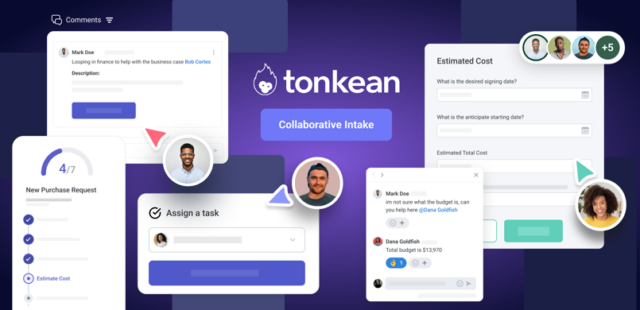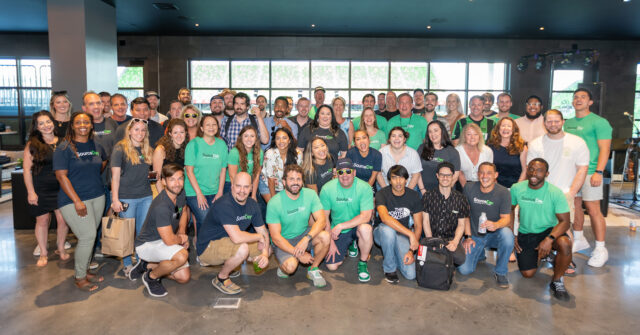If ever the world truly reached a state of “new normal”, that state is one of constant disruption.
Even by the time the COVID-19 pandemic threw the world’s supply chains into a state of utter turmoil in March of 2020, procurement teams were already dealing with a heightened state of disruption. The US-China trade war that defined most of 2019 had barely simmered down before most of Australia was on fire and a US drone strike killed Qasem Soleimani which made an escalating war with Iran look like a very real possibility. Lockdowns, protests, earthquakes, war in Ukraine, spiking oil prices, genocide in Palestine, and both the accidental and purposeful disruption of shipping through the Gulf are just a smattering of the disruptions to which procurement professionals are becoming accustomed.
“After the last few tumultuous years, procurement teams are still facing steep challenges in getting ahead of supplier and supply chain risks,” writes Greg Holt, Product Marketing Director at Interos. “Unfortunately, there are no signs that the heightened frequency of disruptions we’ve seen over the last few years will abate in 2024.”
It’s clear that the procurement teams that learn to manage risk on a daily basis will be the ones that fare best in a world increasingly defined by geopolitical instability and a collapsing climate.
Procurement risk management strategies
Risk management is not a one-time process, nor a single overhaul of policy; managing risk requires constant oversight and frequent reevaluation to ensure you avoid disruption today and are ready for problems that will arise tomorrow.
Streamline your data, break your silos
Procurement departments are often repositories of some of the best risk management data in the whole organisation, gathering large amounts of information on suppliers and other external factors. Procurement departments that take a more purposeful approach to their risk data can quickly establish themselves as repositories of “data, assessments, monitoring and alerts,” becoming “trusted partners who can maintain the risk intelligence needed to support the business with insights, trends and a common view of the risks posed across the extended supplier ecosystem.”
Automate away human error
While there is no shortage of questions when it comes to applying automation to complex tasks (not to mention new pain points and sources of risk), correctly implementing automation can create immediate benefits when used to take repetitive, resource intensive tasks out of human hands. Repetitive, menial tasks are common in procurement systems, and are the most prone to human error. Automation tools can reduce errors and free up time for procurement workers.
Use digital transformation to diversify your supplier ecosystem
There’s a limit to the amount of decision making and supplier diversification achieved by human means. There’s simply too much decision making to be juggled. However, with the help of AI, procurement departments can diversify and adjust their supplier ecosystem much more effectively and to a greater degree. For example, the South Korean government has adopted AI-powered decision making to nearshore a significant portion of its procurement spend. Now, 75.6% of the government’s total procurement spend is now awarded to SMEs through the evolution of its AI platform.
By Harry Menear











